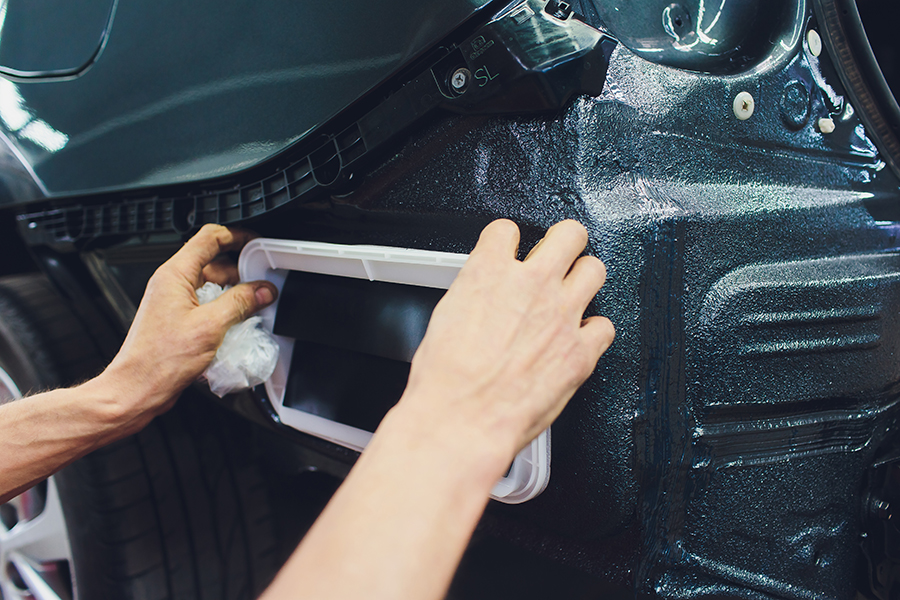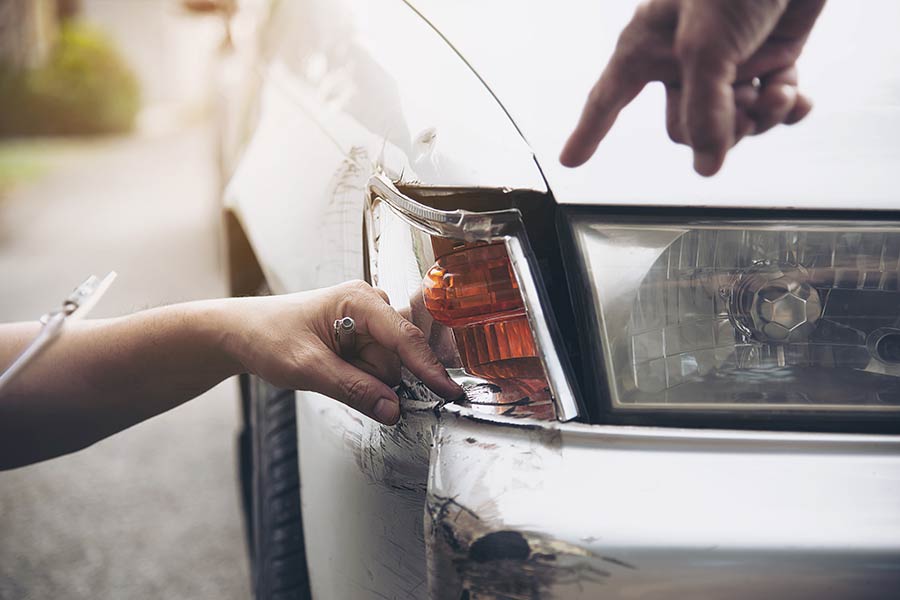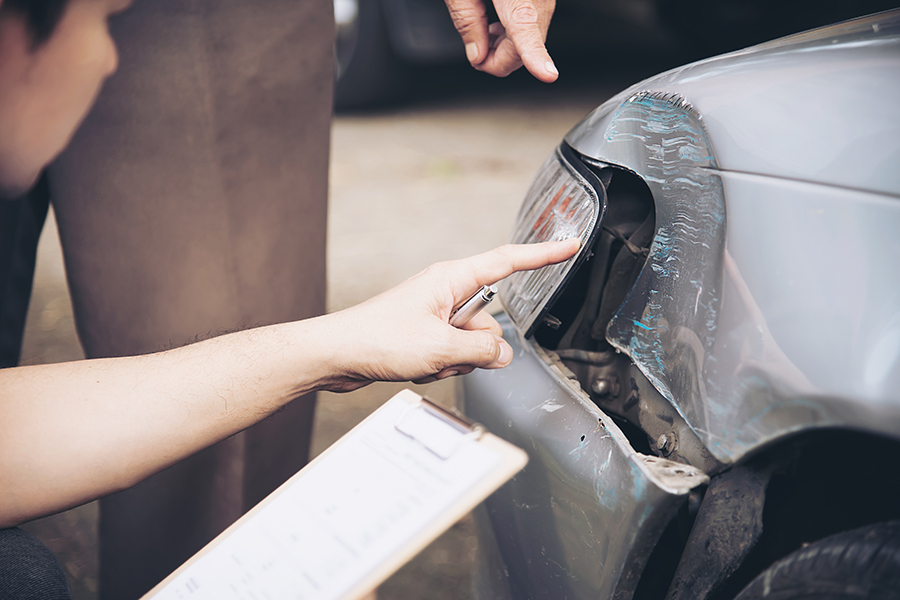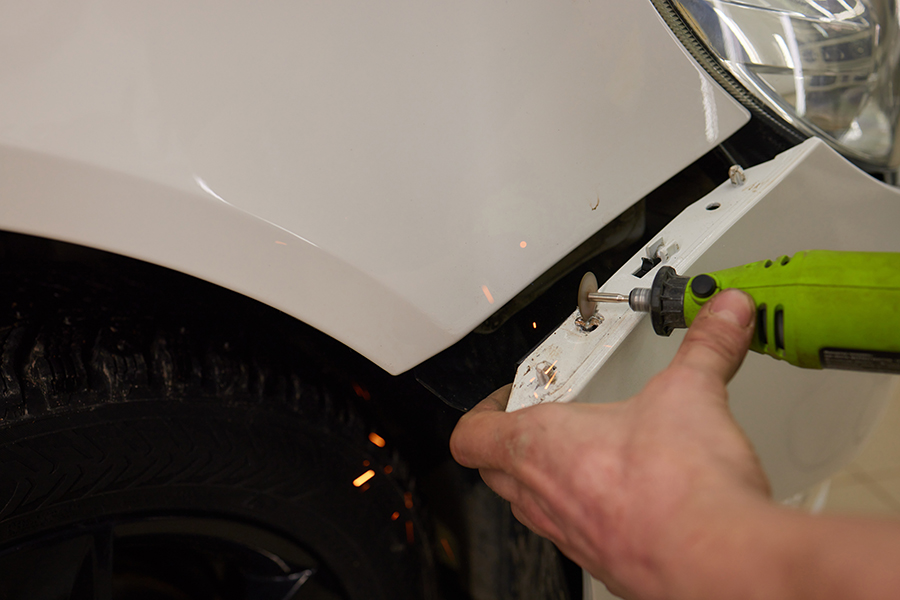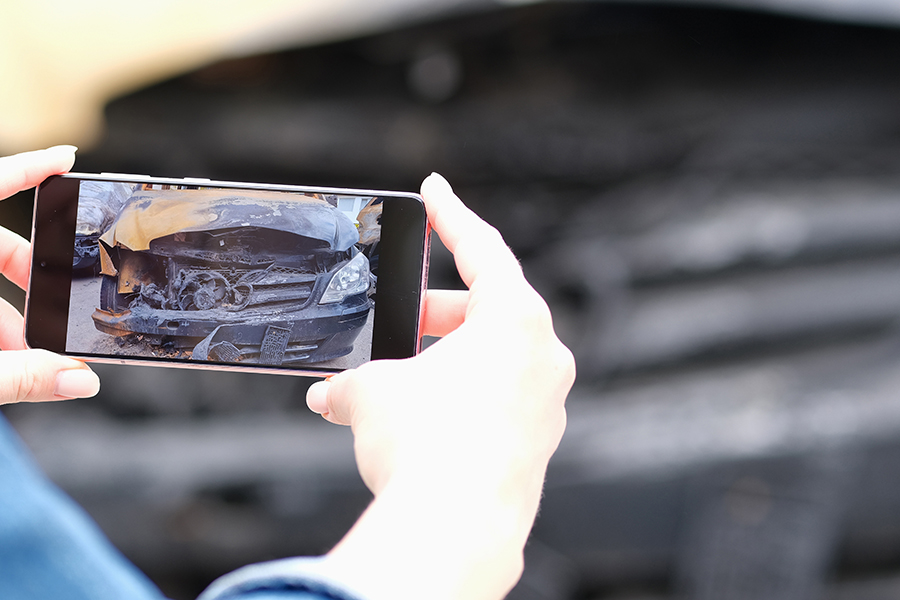Car bumper plastic repair sounds tricky, right? But it doesn’t have to be. Imagine fixing that cracked bumper without breaking the bank or visiting a mechanic. You don’t need fancy tools or expert skills; just a little know-how and patience can save the day. It's like turning a frown upside down with a simple trick. Whether it's a small dent or a big scratch, you can tackle it yourself. Dive into this guide and discover how easy it is to make your car look brand new again. Let’s get started on this DIY adventure!
Key Takeaways
- Know Your Bumper: Understand if your bumper is plastic. This helps in deciding repair methods.
- Cost Matters: Repair costs vary. Check prices before choosing a repair option.
- Insurance Can Help: Ask your insurance about coverage for bumper repairs.
- DIY or Pro?: Decide between fixing it yourself or hiring a professional based on damage severity.
- Save Money: Look for discounts or deals on bumper repairs to save money.
- Choose Smart: Pick the repair method that fits your budget and needs best.
Understanding Bumper Repair
Types of Bumper Damage
Bumpers can have scratches, dents, and cracks. Scratches are usually on the surface. Dents can be deeper and affect the shape. Cracks might need more attention. Surface damage is less serious than structural damage. Structural damage affects how strong the bumper is. Paint scuffs are marks left on the paint. Gouges are deeper cuts that remove paint.
Repair vs Replacement
Repairing a bumper often costs less than replacing it. Replacing a bumper can be expensive. Repairs are usually faster than getting a new bumper. They save time if you need your car quickly. A repaired bumper might not last as long as a new one. New bumpers are more durable over time.
Common Repair Methods
Plastic welding helps fix cracks in bumpers. It melts plastic to join pieces together again. Fillers can smooth out dents in bumpers. They fill in gaps and make surfaces even. Sanding removes rough parts from scratches or gouges. Repainting covers up marks and makes bumpers look new.
Cost Factors
Damage Severity
Minor damage like scratches is easier to fix. Major damage, such as cracks, affects safety. Cracks can make the bumper weaker. If you see damage from far away, it might need more work. This affects how much you pay.
Vehicle Model Impact
Luxury cars often cost more to repair. Their parts are expensive and harder to find. Older models might have limited parts available. Newer models have complex designs, which can increase costs. Each model has different needs.
Labor and Material Costs
Labor rates vary by location. On average, workers charge $50 to $100 per hour. Common materials include filler and paint. These materials help make the bumper smooth again. Hidden costs can surprise you. Sometimes extra work is needed if damage is worse than expected.
Insurance and Repairs
Coverage Options
Insurance can help with bumper repairs. Many policies cover collision damage. Check your policy for details. New cars might have warranties. These can sometimes cover bumper issues. Third-party coverage is another option. Some companies offer plans for specific parts like bumpers.
Claim Process
Filing a claim involves several steps. First, contact your insurance company. They will guide you through the process. You need to provide documentation. This includes photos of the damage and repair estimates. Keep all receipts and related paperwork. The timeline for claims varies. It usually takes a few days to weeks. Your insurer will inform you of the expected duration.
Out-of-Pocket Costs
Without insurance, costs can be high. A typical repair might range from $300 to $700. DIY repairs can save money but require skill and tools. Professional repairs ensure quality but cost more. Used parts are a cheaper option. They can reduce expenses by 30% or more.
DIY vs Professional Repair
Pros and Cons
DIY car bumper repairs can save money. You don't pay for labor costs, which can be high. Doing it yourself might mean using fewer materials too. However, there are risks. Recurring issues may happen if the repair isn't done well. DIY repairs might not look as good as professional ones. A new bumper or expert repair often looks better.
Tools and Materials Needed
To fix a car bumper, you need specific tools. Essential tools include sanders to smooth surfaces and heat guns to reshape plastic. You'll also need materials like adhesives to bond parts together and primers to prepare surfaces for paint. Don't forget safety gear. Gloves protect your hands, and goggles keep your eyes safe from debris.
When to Seek Experts
Extreme damage requires professional help. Severe cracks or holes might be too complex for a DIY approach. Experts have the skills to handle these issues effectively. If you own a high-value vehicle, it's wise to seek professional services. They ensure the repair matches the car's original quality.
Saving on Repairs
Temporary Fixes
Duct tape can be a lifesaver for quick fixes. It holds broken bumper pieces together temporarily. Small scratches might look better with touch-up paint. This paint matches your car's color and hides marks. For more serious issues, try temporary adhesive solutions. These can keep parts in place until you get a proper repair.
Comparing Quotes
Getting multiple quotes helps you find the best deal. Different shops charge different prices. Detailed estimates are important. They show what each service includes. Check the reputation and reviews of service providers too. Happy customers mean good service.
Preventive Measures
Regular cleaning keeps your bumper in good shape. Dirt and grime can cause damage over time. Protective films or covers help avoid scratches and dents. These act like a shield for your bumper. Cautious driving is also key to preventing damage. Avoiding bumps and scrapes saves money on repairs.
Closing Thoughts
Alright, folks, let's wrap this up. Bumper repairs can feel like a puzzle, but you've got the map now. Whether you're eyeing a DIY project or calling in the pros, you know what’s what. Costs? Covered. Insurance? Check. It's all about making smart choices that fit your ride and wallet.
oll up those sleeves or dial that mechanic! Dive into saving where you can, and don't let a little fender bender cramp your style. Got questions or tips of your own? Share them with us! Let's keep this car convo cruising. Safe travels out there!
Frequently Asked Questions
What is the average cost of plastic bumper repair?
The cost can range from $150 to $600. It depends on the damage and your location. Think of it like fixing a cracked phone screen; some cases are simpler than others.
Does insurance cover bumper repairs?
Yes, if you have comprehensive coverage. It's like having an umbrella for unexpected rainy days. Always check with your insurer to be sure.
Can I repair my bumper myself?
You can, but it's a bit like baking a cake from scratch. If you're handy, go for it! Otherwise, professional help might save you time and stress.
How can I save money on bumper repairs?
Shop around for quotes. Consider DIY if the damage is minor. Sometimes, finding a local shop instead of a dealership can also trim costs.
Is professional repair better than DIY?
Professionals have the tools and experience. It's like choosing between a home-cooked meal and dining at a restaurant. Both work, but one might offer more peace of mind.
What factors influence the cost of bumper repair?
Damage severity, type of paint, and labor rates all play a role. It's similar to buying shoes; many factors affect the final price tag.
Why should I understand bumper repair before getting it done?
Knowledge helps you make informed decisions. It's like reading a map before a road trip; you’ll know what to expect and avoid surprises.
